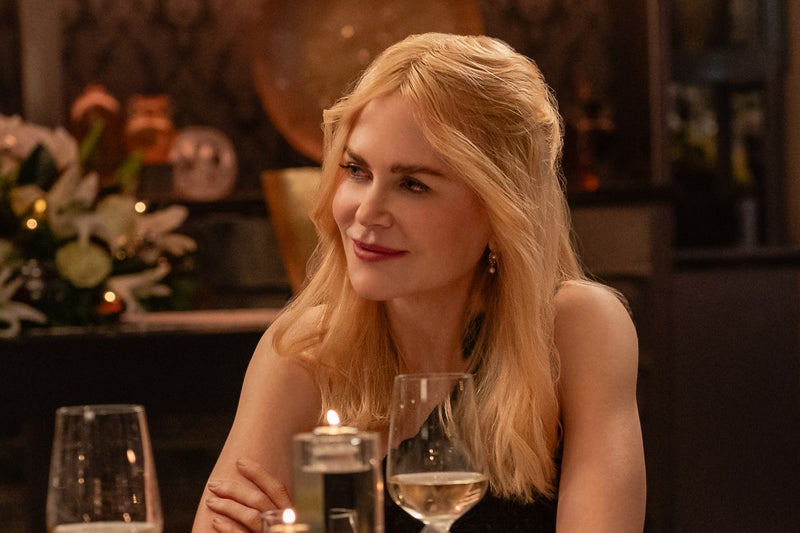NEW mum Lottie Tomlinson has joined the likes of Kim Kardashian and Rochelle Humes who decided to eat their own placenta after giving birth. The makeup artist and sister of One Direction star Louis Tomlinson gave birth to her daughter, Flossie, last month, who joins Lucky, 23-months. In a bid to feel as good as possible after giving birth, the 26-year-old decided to fork out to get her placenta turned into tablets.
![[A mother cuddling her newborn and toddler on a couch.]](https://www.thesun.co.uk/wp-content/uploads/2025/02/www-instagram-com-lottietomlinson-971636479.png?strip=all&w=717)
Posting on Instagram, she told fans about the trend and added she did it after giving birth to her son in 2022 as well. "I honestly feel like they've helped my recovery so much," she said. "They basically dry it out and make it into capsules that you take daily, I'm almost through them all now. Would definitely recommend," she added. The mum-of-two also revealed she had her pills made through a brand called Placenta Plus, where packages can range from £310 to a whopping £880.
![[Pregnant woman taking a selfie.]](https://www.thesun.co.uk/wp-content/uploads/2025/02/www-instagram-com-lottietomlinson-971636485.png?strip=all&w=581)
Kim Kardashian famously had her placenta turned into pills when she gave birth to North West in 2013, then again with her son, Saint, in 2015. Rochelle Humes even hopped on the trend after her "difficult" second pregnancy. "After being very curious I took the plunge, so excited to feel the benefits," Rochelle wrote on Instagram. The placenta is an organ attached to a woman's womb lining during pregnancy.
![[Placenta pills in a gift box with a ribbon.]](https://www.thesun.co.uk/wp-content/uploads/2025/02/www-instagram-com-lottietomlinson-971636578.png?strip=all&w=509)
The umbilical cord attaches the baby, who is growing inside a bag of fluid called the amniotic sac, to his or her mum. Nutrients and oxygen are passed from the mum to her baby via the blood supply and into the placenta - which also produces hormones to help the baby develop, and protect the foetus from bacterial infections. After the woman gives birth, the placenta becomes a messy waste product - passed out of her body, and often discarded.
![[Marvin and Rochelle Humes at the Variety Club Showbusiness Awards.]](https://www.thesun.co.uk/wp-content/uploads/2025/02/marvin-humes-rochelle-humes-attend-897437725.jpg?strip=all&w=640)
A placenta is usually around one-sixth of the baby’s weight and can yield between 80 and 120 pills. If an expectant mother wants to have the pills, she will hire the service, who will then collect the organ from the hospital, then dehydrate and pulverise it to go into the capsules. Speaking to Vogue, Jennifer Mayer, who owns Brooklyn Placenta Services, explained: “When I went into business, it was the crunchy crowd who was calling me.
![[Kim Kardashian at a special appearance.]](https://www.thesun.co.uk/wp-content/uploads/2025/02/kim-kardashian-special-appearance-kardashian-18975738.jpg?strip=all&w=690)
“Now I’m getting so many calls, my side business has become my full-time job.”. Apparently, the pill option has very little taste - but the smoothies have a metallic aftertaste and, if cooked, the placenta's flavour is said to be similar to beef. Some people believe that the nutrients passed from mother to foetus during her nine months of pregnancy are still packed inside the organ - and shouldn't be binned.
Eating the raw placenta could help the mum recover from giving birth and boost her strength while breastfeeding, according to the theory. Some are convinced the pills prevent post-natal depression, encourage breast milk production, and provide a much-needed energy boosts for new mums. The process is rife with controversy, because there is currently no firm evidence that eating the pills has any benefit.
Roger Marwood, of the Royal College of Obstetricians and Gynaecologists, said: “There are no proven physical benefits in consuming a placenta, whether it is raw, in a smoothie or in capsule form. “It may be full of protein, but it is unlikely to ward off postnatal depression, help you sleep, increase breast milk production or give you more energy.”. Placenta eating - either raw, cooked or in pill form - is said to boost iron levels, improve milk supply and reduce the risk of post-natal depression.
But the Society of Obstetricians and Gynaecologists of Canada (SOGC) disagree. It's scientists have been reviewing the evidence and have now published their warning, saying: "Despite the growing trend...there is no documented evidence of benefit for improved iron stores, mood or lactation". The SOGC reviewed four scientific studies and found that the results were too weak to support any of the claims.
In one study looking into the nutritional composition of placenta, they found hardly any iron or minerals at all. But they did find that poor handling of placentas and improper sterilisation can lead to serious health risks for both mum and baby. "Although other harm has yet to be documented... there is potential for transmission of bacterial, viral, or fungal pathogens to both mother and baby or close contacts," the report stated.































